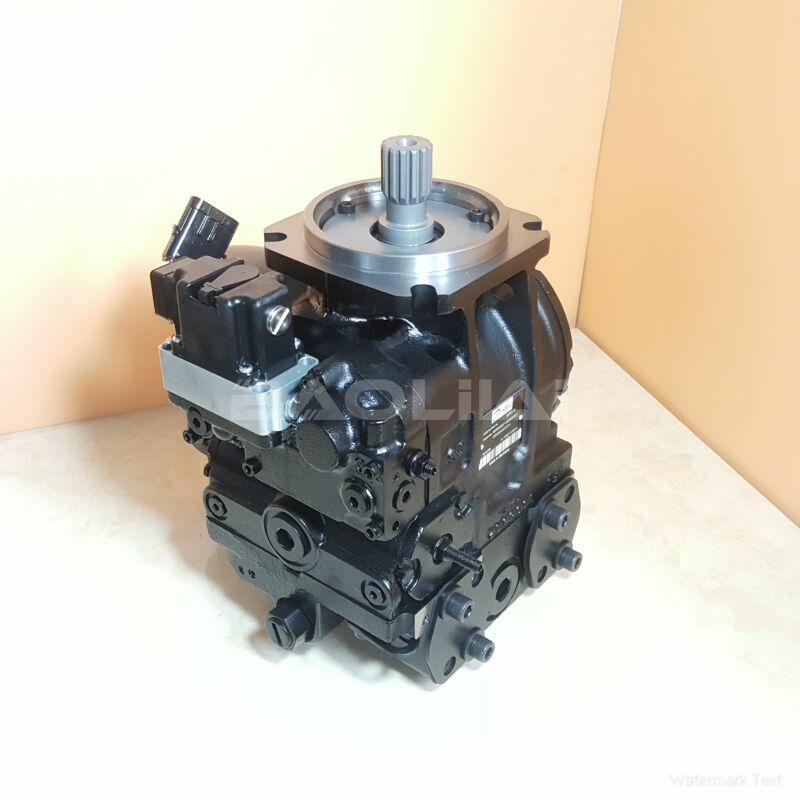90L180HF5CD80TMF1H03FAC353524 sauer danfoss pump
90L180HF5CD80TMF1H03FAC353524 sauer danfoss pump

- Product Details
- Applicable Scene
Cavitation in hydraulic pumps, particularly in fluid power systems used for aerospace applications, can significantly impair system performance, leading to potential failures and costly downtime. Essentially, cavitation occurs when the local pressure in the pump drops below the vapor pressure of the hydraulic fluid, resulting in the formation of vapor bubbles. These bubbles can collapse violently, causing damage to pump components and reducing efficiency. This article outlines effective strategies for diagnosing and mitigating cavitation in hydraulic systems.
90-L-180-HF-5-CD-80-T-M-F1-H-03-FAC-35-35-24
90L180HF5CD80TMF1H03FAC353524
Understanding the Causes of Cavitation

80004160
To effectively combat cavitation, it is crucial to understand its underlying causes. Several factors can contribute to cavitation in hydraulic pumps:
Low Inlet Pressure: Insufficient fluid supply to the pump can lead to reduced inlet pressure, increasing the likelihood of cavitation.
High Fluid Temperature: Elevated temperatures decrease fluid density, increasing vapor pressure and making cavitation more likely.
Pump Design: Certain pump configurations may inherently be more prone to cavitation than others, particularly if they are not optimized for the specific application or fluid characteristics.
System Leakage: Leaks in the suction line can introduce air into the system, reducing the effective pressure at the pump inlet.
Mitigating Cavitation Risks
Addressing cavitation requires a multi-faceted approach aimed at enhancing system reliability and efficiency. Here are some effective strategies for mitigating cavitation in hydraulic pumps used in aerospace applications:
Ensure Adequate Inlet Conditions: Maintain sufficient pressure on the pump inlet by optimizing the design of the suction line. This may involve reducing the length of the suction line, minimizing bends and fittings, and ensuring the pump is mounted below the fluid reservoir.
Control Temperature: Implement temperature control measures to keep hydraulic fluid within optimal limits. This can involve utilizing cooling systems to manage heat loads generated by hydraulic operation or leveraging temperature sensors for real-time monitoring.





